 Detailed Information
Detailed Information
Lumbini offers a profound spiritual experience that connects visitors to the very origins of Buddhism, creating a tangible link to the historical Buddha in a landscape that blends ancient archaeological treasures with contemporary expressions of Buddhist devotion. What makes this sacred site extraordinary is its unparalleled historical authenticity combined with the living traditions that continue to honor Buddha's birth more than 2,500 years later.
As you enter the Sacred Garden through the eastern gate, you're immediately struck by the serene expansiveness of the landscape, where carefully preserved archaeological zones are interspersed with reflective pools and gardens designed for contemplation. The central Maya Devi Temple, a simple modern structure protecting ancient foundations, houses the exact birthplace marked by a stone that archaeological evidence confirms was venerated as early as the 3rd century BCE. This direct connection to the historical Buddha creates an immediate sense of reverence that transcends religious boundaries.
The ritual experience centers around circumambulation of the Maya Devi Temple and quiet meditation beside the sacred pond where, according to tradition, Queen Maya Devi bathed before giving birth. Joining pilgrims from Thailand, Sri Lanka, Tibet, Japan, and across the Buddhist world, you become part of an ancient tradition that has drawn spiritual seekers for millennia. The gentle murmur of chanted mantras and sutras creates a soundscape that enhances the contemplative atmosphere.
The cultural landscape surrounding the birthplace is equally compelling. The Monastic Zone houses over twenty monasteries built by different Buddhist nations, each reflecting their unique architectural traditions and spiritual practices. The stark white Thai monastery with its graceful spires contrasts with the ornate golden decorations of the Myanmar temple and the distinctive multi-tiered pagoda of the Korean temple. These diverse expressions of Buddhist faith create a living encyclopedia of Buddhist architecture and practice.
Throughout the day, the atmosphere at Lumbini shifts subtly. Early morning brings local devotees and monks performing their daily practices in the cool dawn air. By mid-morning, pilgrims and visitors arrive, creating a blend of spiritual devotion and cultural exploration. Late afternoon sees many visitors seated in meditation beneath the bodhi trees, and as dusk approaches, the gentle sounds of evening chanting emerge from the monasteries. This daily rhythm reflects the living nature of Lumbini as both an archaeological treasure and a contemporary center of Buddhist faith.
Lumbini offers a profound spiritual experience that connects visitors to the very origins of Buddhism, creating a tangible link to the historical Buddha in a landscape that blends ancient archaeological treasures with contemporary expressions of Buddhist devotion. What makes this sacred site extraordinary is its unparalleled historical authenticity combined with the living traditions that continue to honor Buddha's birth more than 2,500 years later.
As you enter the Sacred Garden through the eastern gate, you're immediately struck by the serene expansiveness of the landscape, where carefully preserved archaeological zones are interspersed with reflective pools and gardens designed for contemplation. The central Maya Devi Temple, a simple modern structure protecting ancient foundations, houses the exact birthplace marked by a stone that archaeological evidence confirms was venerated as early as the 3rd century BCE. This direct connection to the historical Buddha creates an immediate sense of reverence that transcends religious boundaries.
The ritual experience centers around circumambulation of the Maya Devi Temple and quiet meditation beside the sacred pond where, according to tradition, Queen Maya Devi bathed before giving birth. Joining pilgrims from Thailand, Sri Lanka, Tibet, Japan, and across the Buddhist world, you become part of an ancient tradition that has drawn spiritual seekers for millennia. The gentle murmur of chanted mantras and sutras creates a soundscape that enhances the contemplative atmosphere.
The cultural landscape surrounding the birthplace is equally compelling. The Monastic Zone houses over twenty monasteries built by different Buddhist nations, each reflecting their unique architectural traditions and spiritual practices. The stark white Thai monastery with its graceful spires contrasts with the ornate golden decorations of the Myanmar temple and the distinctive multi-tiered pagoda of the Korean temple. These diverse expressions of Buddhist faith create a living encyclopedia of Buddhist architecture and practice.
Throughout the day, the atmosphere at Lumbini shifts subtly. Early morning brings local devotees and monks performing their daily practices in the cool dawn air. By mid-morning, pilgrims and visitors arrive, creating a blend of spiritual devotion and cultural exploration. Late afternoon sees many visitors seated in meditation beneath the bodhi trees, and as dusk approaches, the gentle sounds of evening chanting emerge from the monasteries. This daily rhythm reflects the living nature of Lumbini as both an archaeological treasure and a contemporary center of Buddhist faith.

From $1,700
$2,100
Price Varies from Group Size
Success
Here goes about why the success toast occurred.
 Activity Outline
Activity Outline
Sunrise at Maya Devi Temple
Sacred Garden Exploration
World Peace Pagoda
Lumbini Museum
International Monastic Zone - Eastern Section
International Monastic Zone - Western Section
Meditation Session
Evening at the Sacred Garden
Have any question?
Contact UsPlan my trip
Plan my Trip
 Good to know
Good to know
Lumbini is a sacred site where respectful behavior is appreciated. Modest dress (covering shoulders and knees) is required, and shoes must be removed before entering the Maya Devi Temple.
Nearby Attractions
Kapilavastu: Ancient capital where Buddha spent his princely years (29 km)
Tilaurakot: Archaeological site identified as Buddha's childhood home (28 km)
Kudan: Site where Buddha met his father after enlightenment (4.5 km)
Ramagram Stupa: Only undisturbed original stupa containing Buddha's relics (15 km)
Devadaha: Maternal hometown of Buddha's mother (35 km)
 Reviews
Reviews
 FAQs (Frequently Asked Questions)
FAQs (Frequently Asked Questions)
Your queries are answered.
Can non-Buddhists visit the sacred sites?
Absolutely. Lumbini welcomes visitors of all faiths to respectfully experience this UNESCO World Heritage Site. The site is valued not only for its religious significance but also for its historical importance and promotion of universal peace and understanding.
What is the best time of year to visit Lumbini?
October to March offers the most pleasant climate with clear skies and moderate temperatures. Vesak (Buddha Purnima) in May provides a unique opportunity to witness special celebrations, though temperatures can be quite hot. Monsoon season (June-September) brings lush greenery but can make exploration challenging.
How long should I spend in Lumbini?
A meaningful visit requires at least one full day. To fully explore both the Sacred Garden and the diverse international monasteries, consider spending two days. Serious pilgrims often stay longer to participate in meditation retreats at one of the monasteries.
Are there opportunities for longer spiritual retreats in Lumbini?
Yes, several monasteries and dedicated meditation centers offer retreat opportunities ranging from one-day programs to weeks-long immersions. The Panditarama Lumbini International Vipassana Meditation Center and the Korean Mahabodhi Monastery are particularly known for their structured retreat programs.
What is the significance of the Ashoka Pillar?
Erected by Emperor Ashoka in 249 BCE, the pillar bears an inscription stating that Ashoka visited this spot because Buddha was born here. This provides one of the earliest archaeological confirmations of Buddha's historical existence and the recognition of his birthplace, predating written Buddhist texts.
How was the exact birthplace of Buddha rediscovered?
Although local tradition never entirely lost knowledge of the site, formal rediscovery came when German archaeologist Alois Anton Führer excavated the Ashoka Pillar in 1896. Subsequent archaeological work throughout the 20th century, including major UNESCO-supported excavations in the 1990s, revealed the successive layers of temples built over the birthplace and confirmed the site's authenticity.
Are there facilities for disabled visitors?
Recent improvements have made much of Lumbini accessible to visitors with mobility challenges. The Sacred Garden features paved pathways suitable for wheelchairs, and many of the newer monasteries include ramps. However, some historical areas remain challenging to access, and assistance may be required in certain areas.
Why Uncover Nepal
Lumbini
from $1,700 per adult
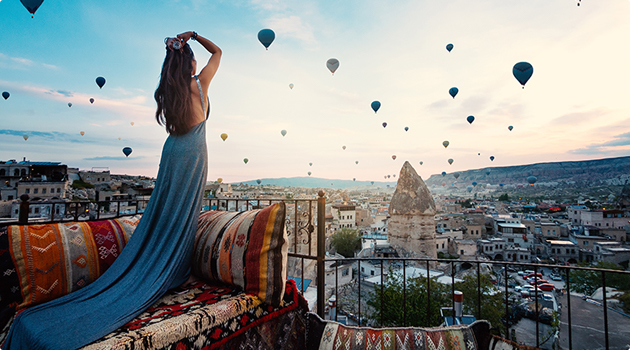



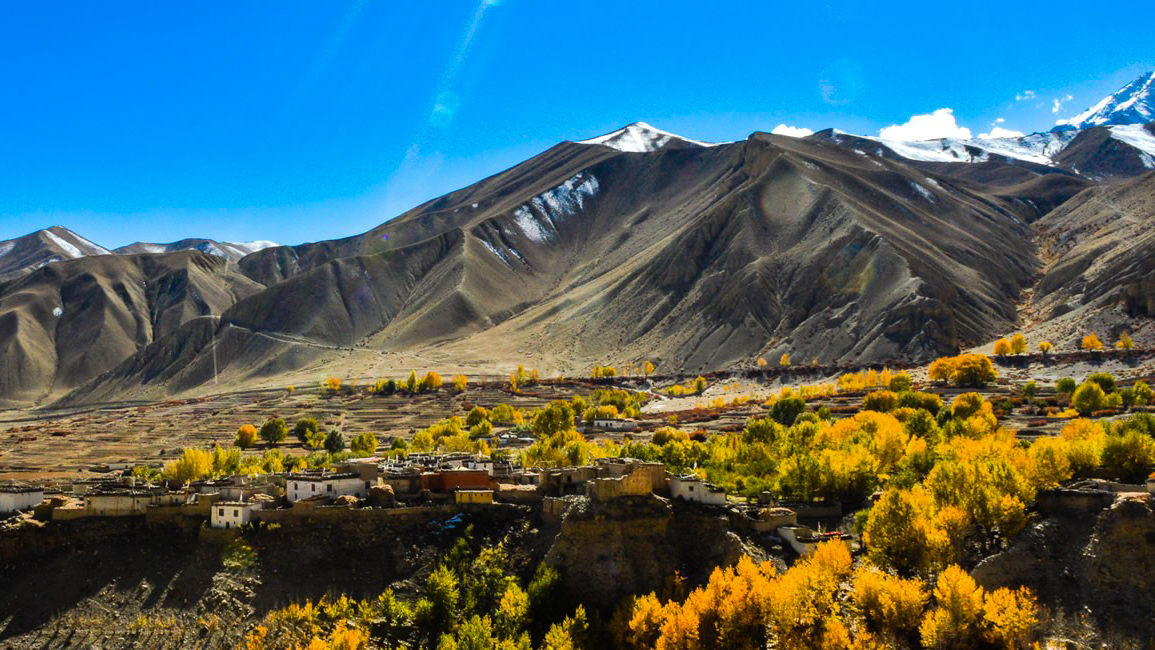
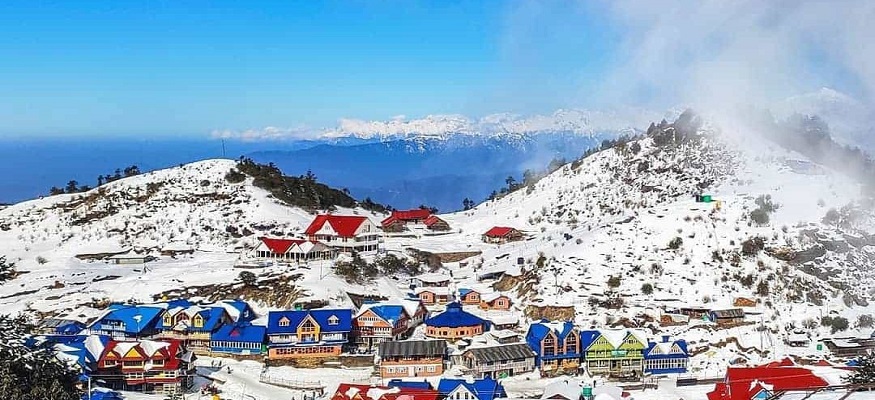

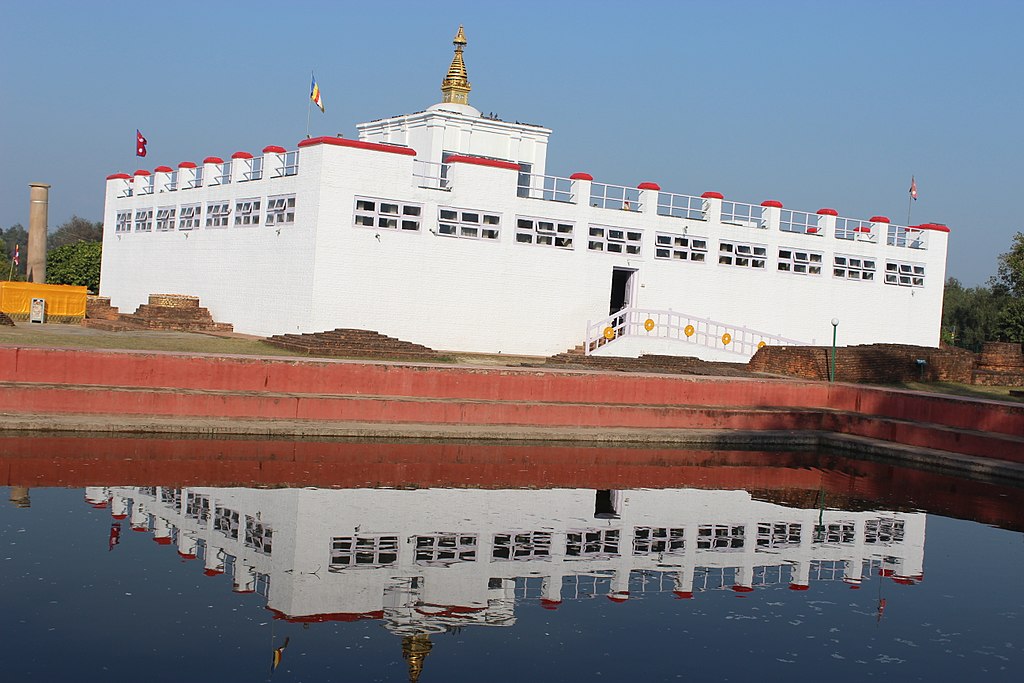

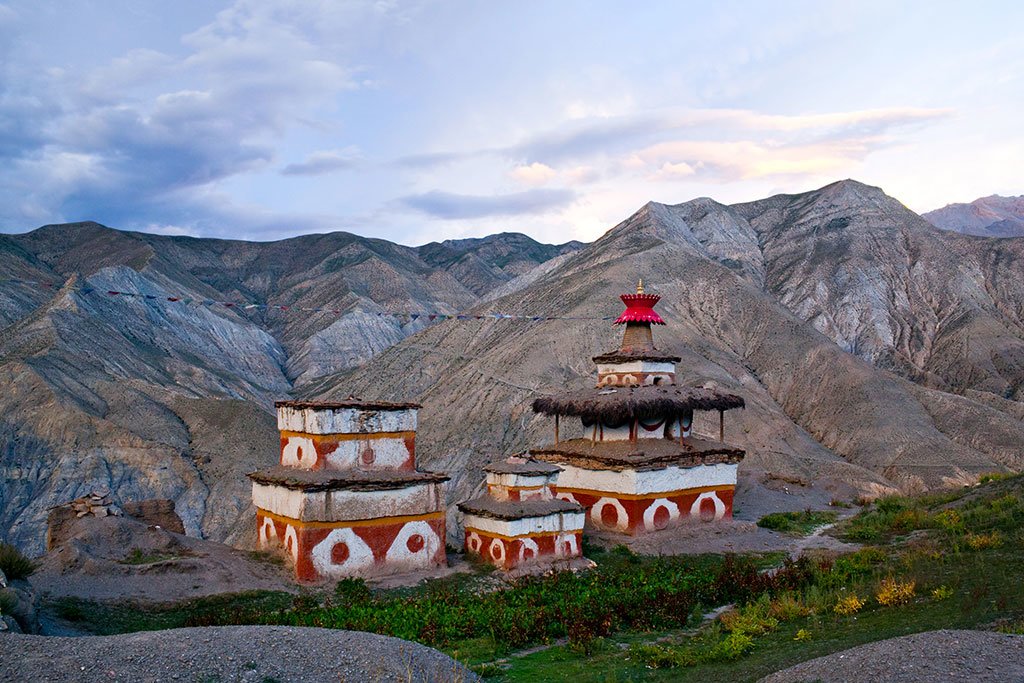

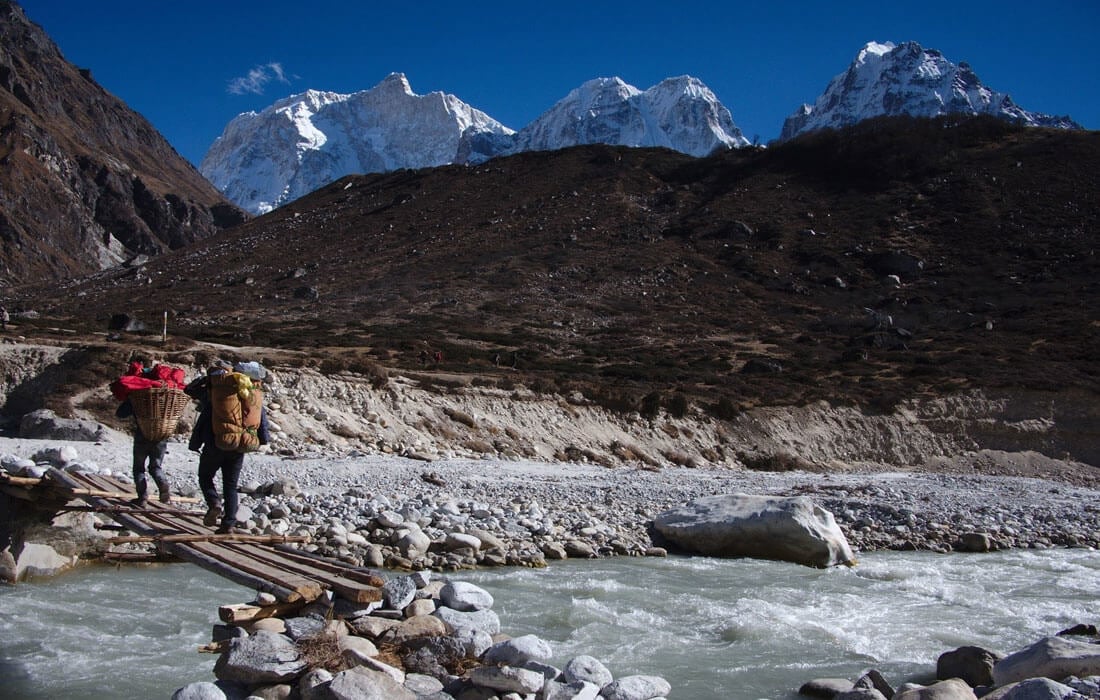







 Related Tour
Related Tour